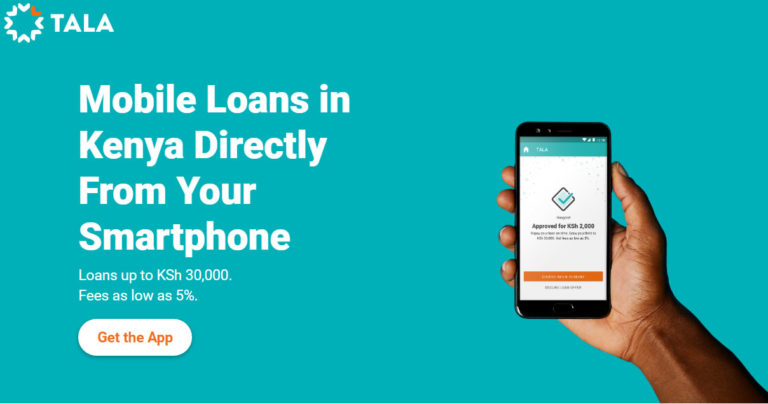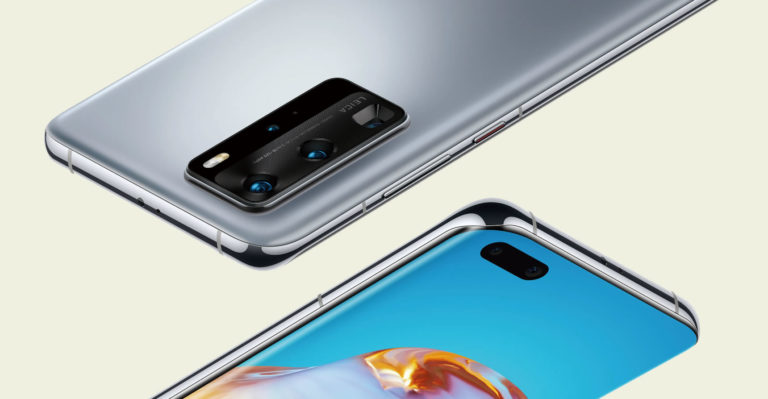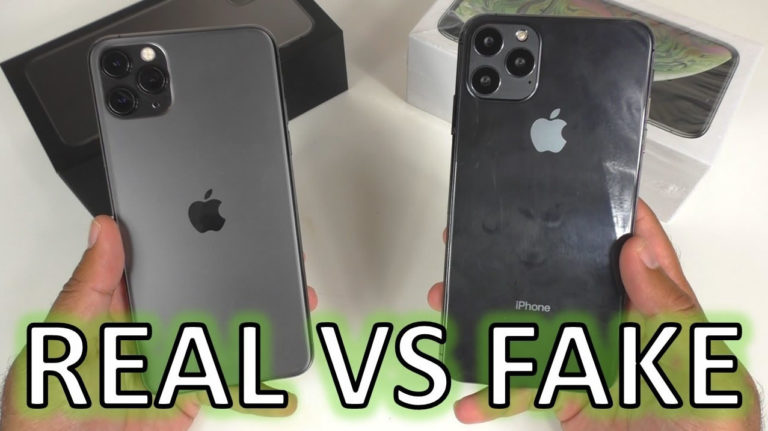Mobile lending app – Tala has unveiled flexible loan repayment terms for its customers owing to the difficult period that most customers are facing. The mobile based loan lending app had initially suspended servicing loans to customers instead announcing a revised focus to small businesses that are finding it difficult to operate during this period. Current circumstances forced most Kenyans out of employment leaving them with no stable source of income they could use to repay their loans; this meant more defaulters on loans.
Tala’s general manager for East Africa, Ivan Mbowa said the lender needed to make immediate changes to keep the team safe and business healthy.
Mbowa further said Tala had been doing its best to support its customers through these changes but acknowledged how the company let down most Kenyans seeking loans recently when they stopped offering loans altogether as reported by tuvuti.
“We know we won’t always get it right, so we want to thank you for your patience and understanding. These times are unprecedented, and we are learning from you every day about how to be resilient in times of crisis,” Mbowa further stated.
New changes in Tala loan requirements;
To adopt the current business environment, Tala has introduced a couple of changes to its operations that fall in the following categories;
1. Flexible loan repayment
A measure that’s expected to cater for customers who are unable to repay their loans following the current crisis, Tala will now accept direct communications through email: [email protected], to work out a revised repayment plan.
2. Modified lending
Tala explained that as much as they’d want to continue serving customers as previous during this difficult period, some customers may receive loan offers that are lower than their previous limit. This change is however not expected to affect existing customers in good standing with Tala, and will revert to the previous limit as soon as the situation normalizes.
3. Trusted information
Tala has introduced a Resource Center within the app and website to provide crucial information regarding the current crisis to customers. The list has been curated with the help of its inhouse team and partners.
4. Supporting essential workers
Tala has developed a long-term Community Support Loan for its customers who are providing essential services to their communities during this time – including accessible healthcare, fairly priced foods, or sanitary household products.
These new changes unveiled by Tala come at a time when financial services regulator Central Bank of Kenya (CBK) unveiled new measures governing the use of Credit Reference Bureau (CRB) effectively barring unregulated lenders from sending names of defaulters to the CRB’s.








